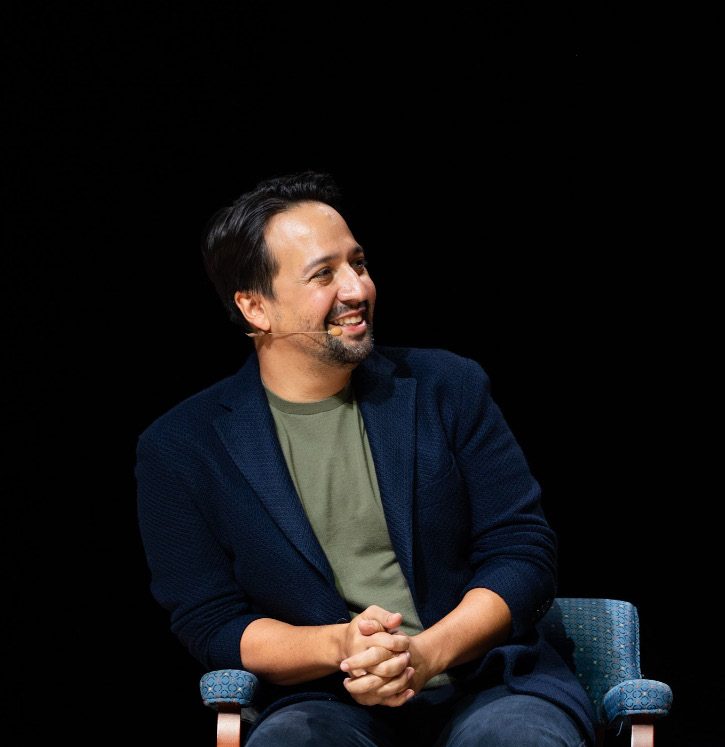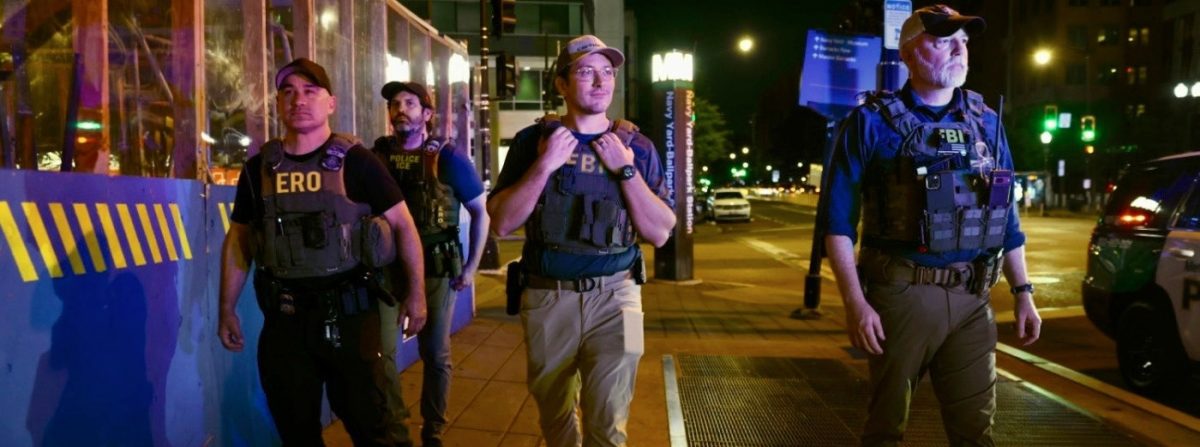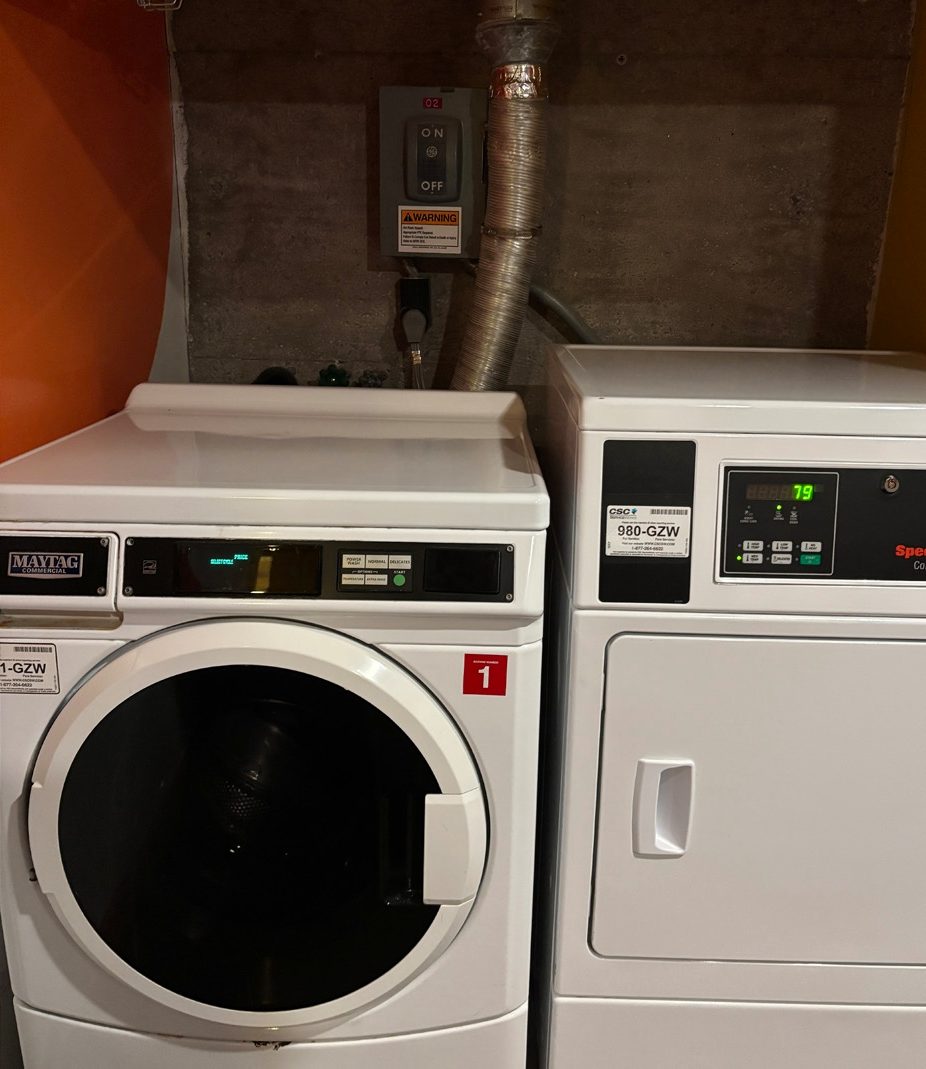Does anyone miss the days when movies could just end? Over the past decade, post-credits scenes have oversaturated movies to tease sequels and build cinematic universes. While post-credit scenes have existed since the 1966 James Bond parody The Silencers, the success of the Marvel Cinematic Universe has led every major movie studio to follow suit. Ever since 2008’s Iron Man, Marvel successfully implemented post-credits scenes to connect their films and build anticipation for the next installment. However, this gimmick has weakened the moviegoing experience as other studios desperately copy that formula for success, only to produce no payoff and undermine the movie’s plot.
Studios’ reliance on franchising pre-existing intellectual properties (IPs) has created several unresolved post-credits scenes. Take a look at the DC Extended Universe’s attempt to cash in on Marvel’s success. While behind-the-scenes drama and reshoots contributed to this rushed franchise’s downfall, several post-credits scenes only exacerbated the problem. For example, a post-credits scene in Black Adam ended with Superman confronting the titular character. This scene teased a future crossover depicting either a fight or a team-up between them. Yet the movie flopped, making this tease pointless. Rather than tease that wasted potential, why not make a movie centered on that idea?
Ironically, Marvel’s overuse of the post-credits scene has also worked against them. After the success of Avengers: Endgame, Marvel deployed lots of end-credits scenes that went nowhere and may never receive any payoff. For example, a post-credits scene in Eternals teased Eros, played by Harry Styles, and Pip the Troll, played by Patton Oswalt, meeting with some Eternals to find their friends. Unfortunately, the movie was the MCU’s first flop and it seems this ending will remain unresolved. The post-credits scene in Doctor Strange and the Multiverse of Madness, on the other hand, ruins the movie’s ending for two different reasons. The movie ended with the titular character screaming in pain as he grew a third eye. The following post-credits scene undermines that emotional impact, as in the scene Dr. Strange is now just fine and adjusted to that mysterious eye. To make matters worse, the post-credits scene teases a future installment about a team-up to fix an incursion of universes Dr. Strange inadvertently caused. While this could get resolved in a future Avengers movie, this post-credits scene suggests the possibility that it won’t get resolved and draws attention away from the rest of the movie.
The oversaturation of post-credits scenes in current movies has revealed the delusionality of corporate attempts to launch an interconnected universe for a quick buck. While post-credit scenes can build anticipation, there’s no guarantee that sequels will happen, even with recognizable characters. Unresolved teases are immortalized forever and show how post-credit scenes are now meaningless. They reflect clunky worldbuilding, divert attention away from other installments and hinder creativity in executive choices. It’s even worse when they don’t connect to a larger narrative. Either connect characters planned for sequels to a movie’s story or save them for a sequel. Yet it seems that the power of the franchise prioritizes post-credit scenes at the expense of storytelling.
























